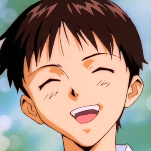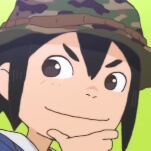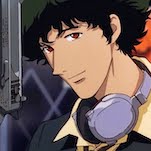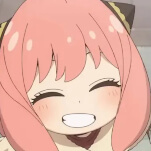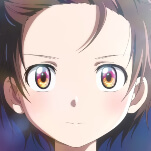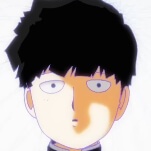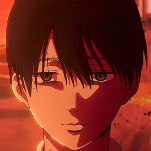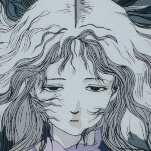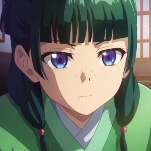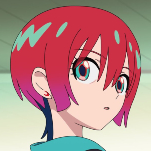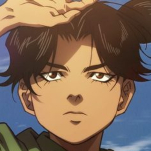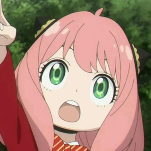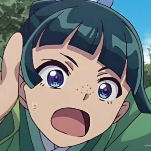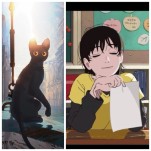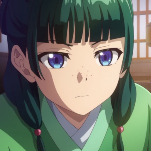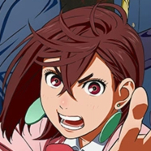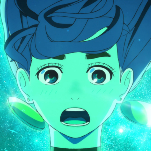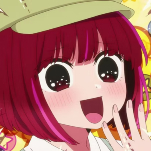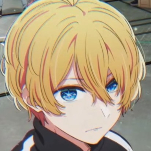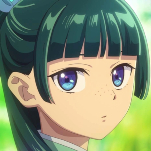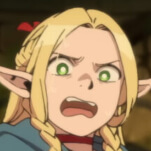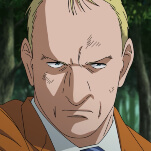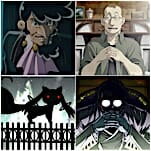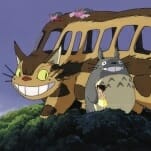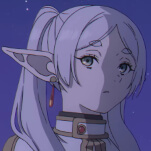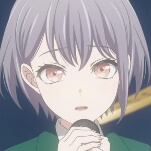The Six Types of Anime Openings
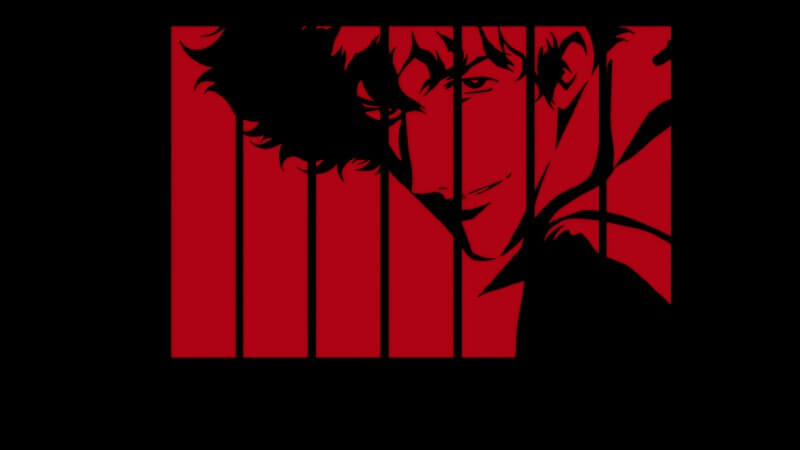
Epic Soundtracks Week continues at Endless Mode with an examination of the music of anime openings.
Many of the most celebrated anime of all time are bound by a common thread: they feature iconic opening themes that stand the test of time. Anime openings (OPs)—recurring intros that play before every episode and are accompanied by song—are an art form all their own. The best of them stick with us, an audiovisual snapshot that proves inseparable from the series in question.
But despite their frequent importance, not all opening songs are trying to do the same things: some exist to set the tone and mood of a given show, capturing its essence in sound and imagery. Others have barely any relation to the content of the series, either acting more as a palate cleanser or intentionally creating a contrast with what we’re about to see. Some even end up taking on a life of their own on social media as they climb the Billboard charts.
In an attempt to discuss some of the functions that opening songs and their accompanying visuals can serve, we’ve decided to define them in six categories. Now, it’s important to note that these aren’t necessarily mutually exclusive; in many cases, they will have overlap with more than one category. However, that doesn’t mean that there aren’t clear distinctions in function that are worth discussing.
With all that said, let’s get into the different types of anime openings. But first, a reminder: never skip the OP.
![]()
Tone Setter
Other Examples: Land of the Lustrous, Shouwa Genroku Rakugo Shinjuu, Serial Experiments Lain, Chainsaw Man OP 3, Frieren: Beyond Journey’s End OP 2
One of the most straightforward and obvious functions of an anime opening is to set the tone for the series in question, acting as a sort of shorthand for the vibe and aesthetic it’s going for. These openings ease us into what the show is attempting to do, helping us enter the state of mind that the story is going to deliver.
Cowboy Bebop’s opening “Tank!” is a perfect example of this, a scorcher of a jazz track backed by character silhouettes that suggests a mixture of mystery and danger. The song itself embodies the series’ Western influences, and when combined with the moody visuals, draws attention to the show’s noir roots. There’s also a notable franticness to the instrumentation, which we eventually discover matches the inner lives of its characters.
As for the other examples listed above, the opening for Land of the Lustrous has an atypical rhythm that matches its atypical world, Shouwa Genroku Rakugo Shinjuu uses somber vocalization to set up a decades-spanning tragedy, Serial Experiments Lain’s is haunting and nostalgic for a pre-Internet era, and Chainsaw Man’s third OP is nasty, visceral, and weird with a tiny dollop of warmth.
Tone Switch
Other Examples: Puella Magi Madoka Magika, Takopi’s Original Sin, hack//SIGN
On the opposite end of the spectrum, there’s the Tone Switch, openings which give off one energy only to pull the rug out from under you, as the show reveals itself to be something else entirely. The most common way this is employed is when a particularly bleak series begins with an OP that’s high-energy and fun, but it can also be used in the opposite way, too. While I’m cheating a bit, given that we’re talking about openings here, Black Lagoon’s ending theme is a great example of a Tone Switch as it goes from something mostly dumb and over-the-top (at one point, a dude cuts a bullet in half with a katana) to surprisingly introspective and melancholy.
This type of opening is often used to intentionally sucker punch the audience with emotional whiplash, provide a stark contrast to highlight the tone of the series itself (a cheery OP against gloomy happenings), to tease out the layers of depth of its characters (a lighthearted series with a more pensive OP), and more.
Death Parade is a great example of the Tone Switch: its opening is bright and cheerful, implying the series is some sort of bartender workplace hangout romp. In reality, it’s centered on bleak supernatural death games administered by our psychopomp protagonists as they attempt to weigh the souls of the recently deceased. Again, the disparity between the bouncy dance music of the opening and the sordid events that follow it makes the story pop.
-

-

-

-

-

-

-

-

-

-

-

-

-

-

-

-

-

-

-

-

-

-

-

-

-

-

-

-

-

-

-

-

-

-

-

-

-

-

-

-

